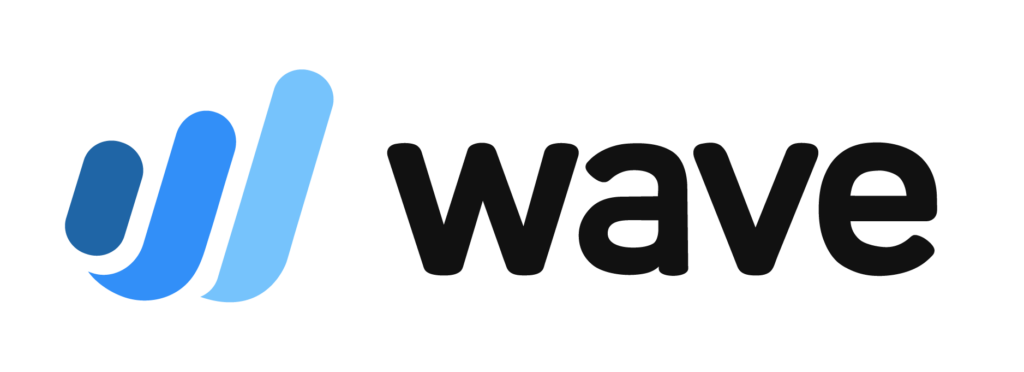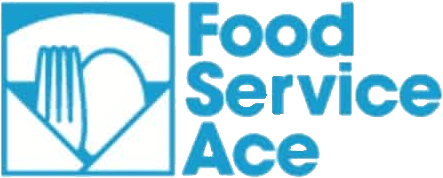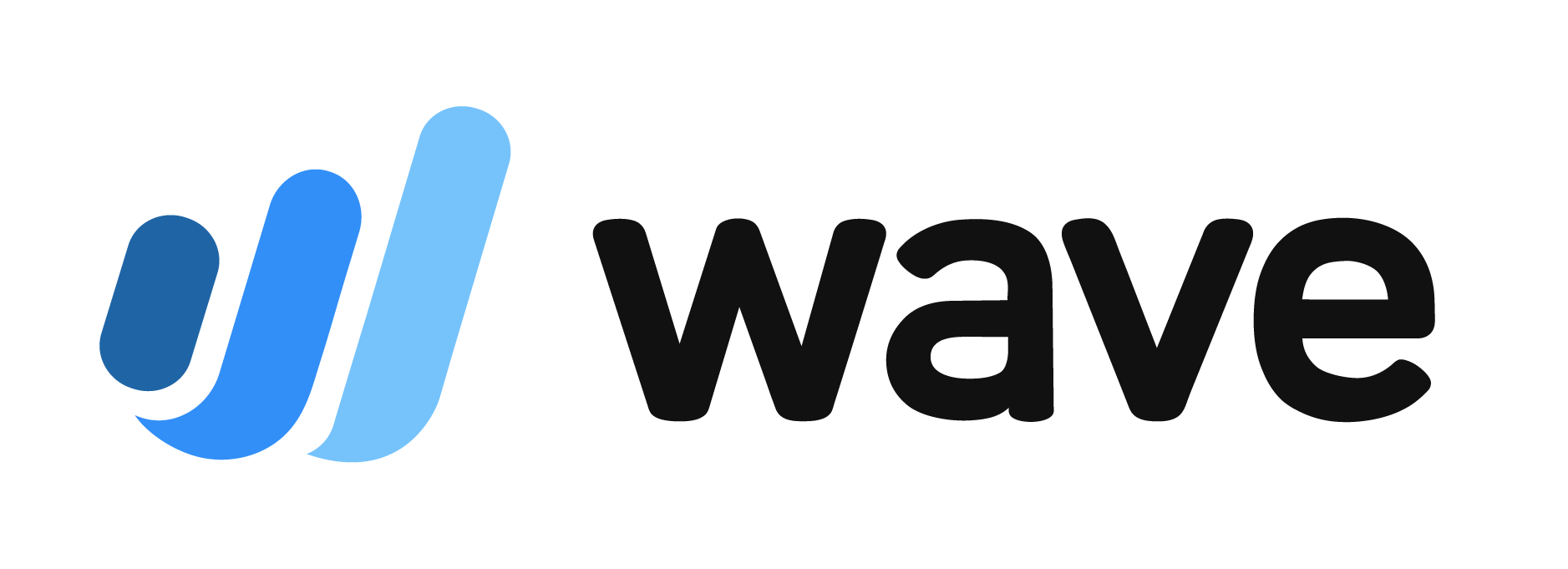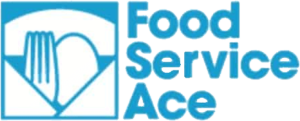The best restaurant accounting software must address most, if not all, of the components of restaurant operations and back-office management, including accounting, inventory checking, cost management, and employee scheduling.
These capabilities can help managers and owners track the financial aspect of the business without toggling between programs or constantly transferring data between different software. Check out my evaluation of the five best restaurant accounting and bookkeeping software for managing your business.
- Restaurant365: Best overall software for restaurant accounting
- QuickBooks Online: Best accounting software for small restaurants, cafes, and startups
- MarginEdge: Best for accounting software for restaurants with bars
- Wave: Best free accounting software for food trucks and carts
- Food Service Ace: Best for restaurant accounting software for caterers
Best restaurant accounting software compared
| Monthly pricing | Accounting features score | Recipe or food management | Employee scheduling | POS integration | |
 | $499 per location* | 4.5/5 | ✓ | ✓ | ✓ |
| Visit Restaurant365 | |||||
 | $99** | 5/5 | ✕ | ✕ | ✓ |
| Visit QuickBooks Online | |||||
 | $330 per location | 5/5 | ✓ | ✕ | ✓ |
| Visit MarginEdge | |||||
 | $0 | 2.5/5 | ✕ | ✕ | ✕ |
| Visit Wave | |||||
 | Custom | 3.5/5 | ✓ | ✕ | ✓ |
| Visit Food Service Ace | |||||
*Billed quarterly
**Under the Plus plan
Restaurant365: Best overall software for restaurant accounting

Pros
Cons
QuickBooks Online: Best accounting software for small restaurants, cafes & startups

Pros
Cons
MarginEdge: Best accounting software for restaurants with bars

Pros
Cons
Wave: Best free accounting software for food trucks & carts

Pros
Cons
Food Service Ace: Best restaurant accounting software for Caterers

Pros
Cons
How I evaluated the best restaurant bookkeeping software
I assessed the best restaurant bookkeeping software based on basic accounting features, reporting, and useful restaurant-specific functions. Your accounting system must integrate with your POS solution, so I evaluated whether the tool integrates with any top restaurant POS systems like Toast, SpotOn, and Lightspeed.
Pricing: 15% of the overall score
My pricing score includes not only the cost but also whether month-to-month contracts are available and if there are any limitations on users, transactions, customers, or vendors.
Accounting features: 25% of the overall score
The general features include accounting features that all industries require, but the weights placed on features are specifically tailored to restaurants. Payroll, inventory management, and bill management are particularly important for restaurants.
Restaurant features: 25% of the overall score
The most heavily weighted restaurant feature is the number of sound POS systems available for integration. Other features I considered include tracking multiple locations and updating the cost of preparing recipes based on daily food prices, employee scheduling, sales forecasting, and EDI with vendors.
Ease of use: 20% of the overall score
My ease of use score includes a subjective evaluation and available customer support options. Finally, I considered whether the software had any accounting partners offering assisted bookkeeping services.
User reviews: 15% of the overall score
In rating user reviews, I checked user review websites to gain user insights and suggestions. I believe that feedback from actual and verified software users provides valuable information about its usability for small businesses.
Frequently asked questions (FAQs) about restaurant accounting solutions
The last bite
Restaurant365 is complete restaurant management and accounting software on a single platform. While it’s pricier than competitors, it won’t disappoint in terms of restaurant management features. However, if budget is your concern, then MarginEdge plus a QuickBooks Online plan is the best choice for affordability. Food Service Ace is also worth considering if catering is a significant component of your business.



